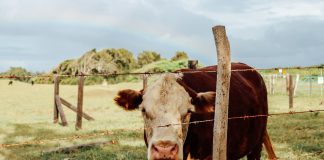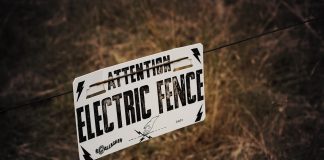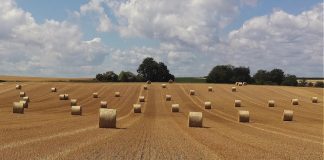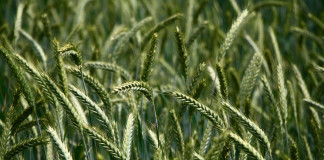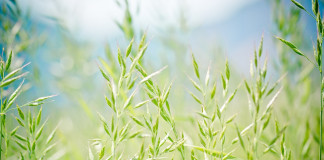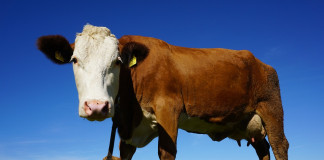Tag: pastures
How to extend the life of your fence
A properly built and well-maintained fence can last a long time. A maintenance program can help you stay on schedule with routine fence checks and repairs.
How I use watergates on my cattle farm
In the ideal world, they need to be able to hold in or deter livestock, but be able to allow water and debris to pass during periods of high water.
10 safety tips for installing electric fences
Before installing an electric fence consider these 10 tips to promote efficiency and safety.
How to choose the right fence for your farm
Choose between board, barbed wire, woven wire, cable, mesh, high-tensile, electric or a combination of any of these to best suit your farm fencing needs.
Avoid botulism, listeriosis risks in small grain baleage
Now is the time to review management practices to prevent possible botulism and listeriosis health risks associated with poor quality small grain baleage.
Fertilizing forages, pastures improves growth
If hay is harvested year after year and not fertilized, production will decrease substantially.
How to divide pastures for better performance
The essential principles are to avoid overgrazing the grass plant and to provide a rest period that allows the plant to regrow to a target grazing height.
Plan nutrient management with available resources
Livestock also generate nutrients that can be used by your crops if we can apply them in a way that they are available to the plant.
Trade-offs in management of endophyte-infected tall fescue
Livestock that consume endophyte-infected fescue may experience symptoms associated with ergot alkaloid toxicity. Long-term exposure to tall grass fescue containing toxic endophytes may lead to fescue foot and fat necrosis.
Fencing out cattle improves herd health
When water quality is compromised cattle will not receive the proper nutrition that they need to grow, regulate their body temperature, reproduce and digest as well as many other bodily functions.






